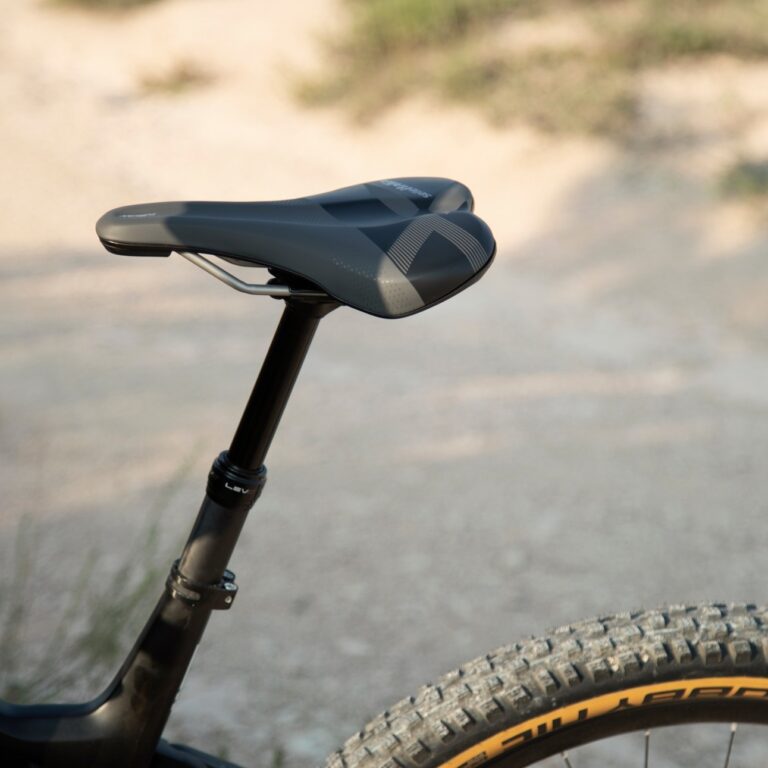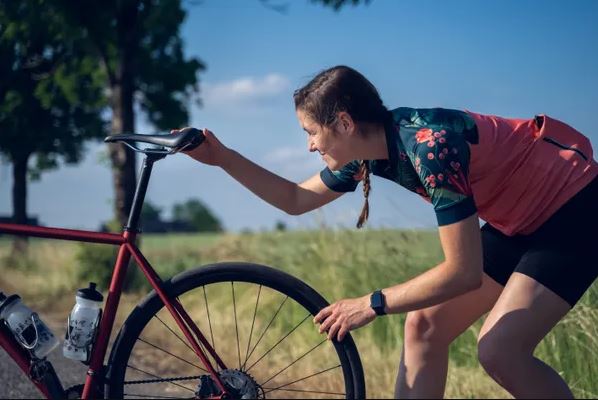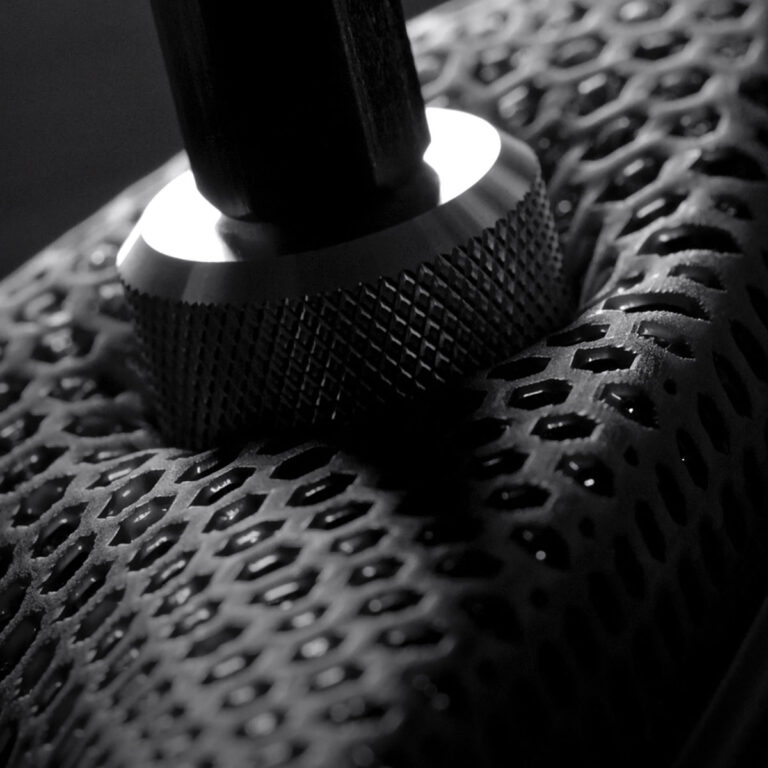Aerodynamics and Road Bike Saddles: Enhancing Performance Through Design
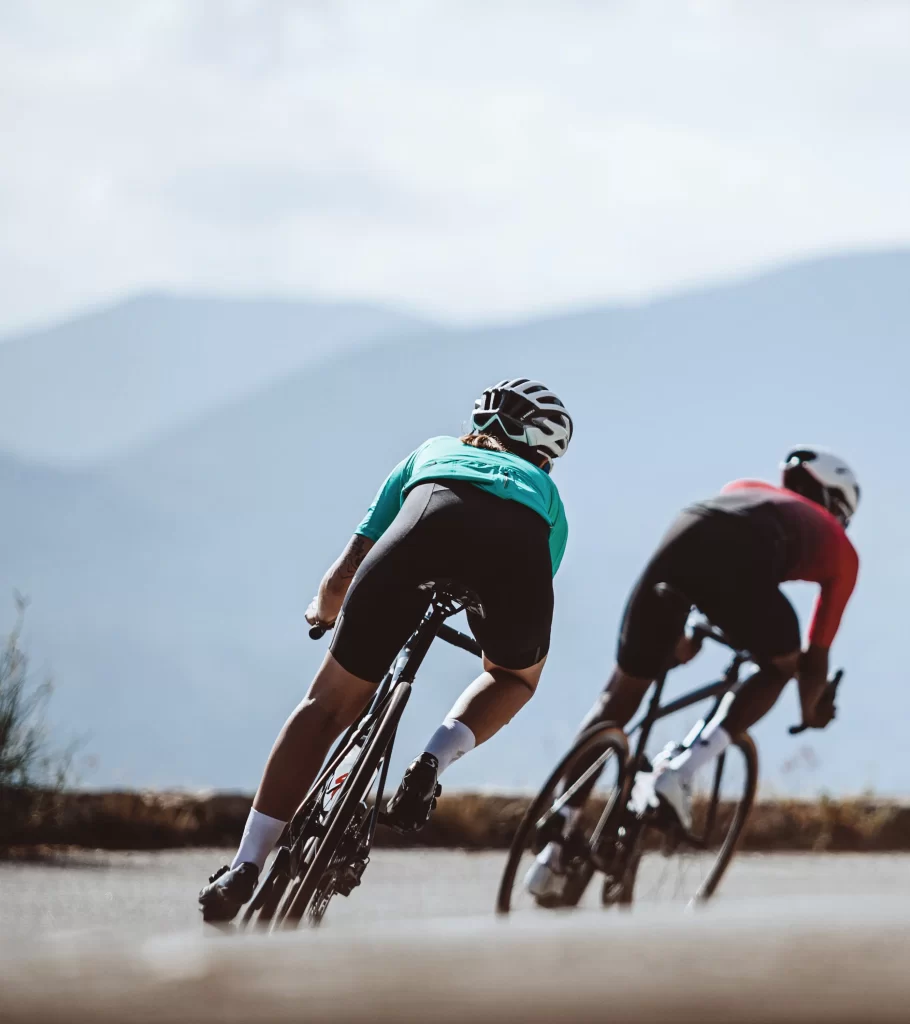
Key Point Summary of Aerodynamics and Road Bike Saddles:
- Aerodynamic Importance: Understanding how saddle design affects airflow and riding efficiency.
- Saddle Design Features: Identifying which aspects of saddle design contribute to aerodynamic performance.
- Position and Posture: How saddle choice impacts your riding position and aerodynamic profile.
- Material and Weight: The balance between saddle weight, comfort, and aerodynamic efficiency.
- Selecting the Right Saddle: Factors to consider for optimizing aerodynamics without sacrificing comfort.
The quest for speed on a road bike is a journey that encompasses every aspect of cycling, from training and technique to the intricate details of equipment optimization. As a masters cyclist with extensive experience across various disciplines, I’ve come to appreciate the subtle yet significant role that aerodynamics plays in performance, particularly in the context of road bike saddles.
This article aims to shed light on how the design and selection of road bike saddles can influence aerodynamic efficiency and overall performance for cyclists at beginner to mid-level experience.
The Aerodynamic Equation
In the realm of road cycling, aerodynamics is a critical factor that influences speed and efficiency. While much attention is given to frame design, wheels, and clothing, the choice of saddle also plays a part in how air flows around the rider. A saddle that complements an aerodynamically optimized riding position can reduce drag, thereby improving performance, especially at high speeds or against strong winds.
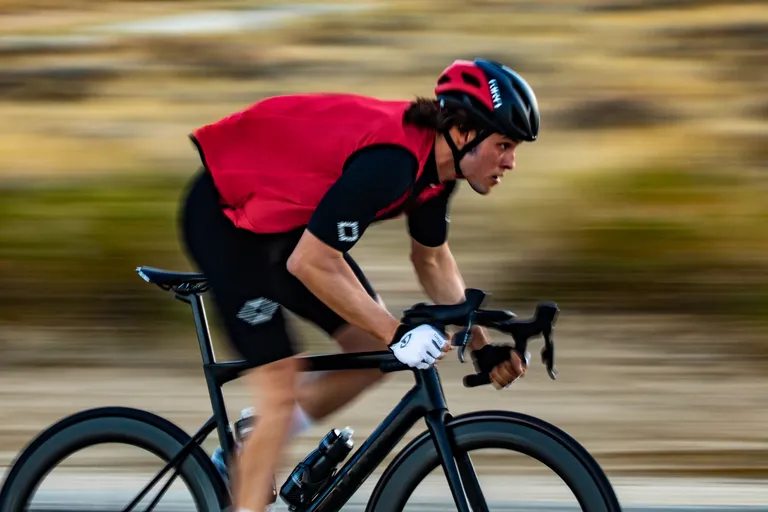
Saddle Design Features
Modern road bike saddles incorporate features aimed at reducing aerodynamic drag. These include a streamlined shape, minimalistic profiles, and materials that enhance airflow. Some saddles are designed with a narrower nose, which reduces frontal area and allows for closer thigh clearance, minimizing the resistance encountered during pedal strokes.
Position and Posture
The interaction between the rider and the saddle is pivotal in establishing an aerodynamic posture. A well-chosen saddle supports a position that tucks the rider into a more streamlined shape, reducing the body’s frontal area exposed to the wind. The ability to maintain this position comfortably over time is essential for sustained performance, making the saddle choice a crucial aspect of aerodynamic optimization.
Material and Weight
While the primary focus of aerodynamic design is on shaping and reducing drag, materials and weight also play supporting roles. Lightweight materials contribute to the overall efficiency of the bike, allowing for quicker acceleration and easier climbing.
However, the quest for lightness must not compromise the saddle’s structural integrity or comfort, as these factors directly impact the rider’s ability to maintain an efficient, aerodynamic position.
Selecting the Right Saddle
Choosing the right saddle for aerodynamic performance involves considering several factors:
- Width and Support: The saddle must adequately support your sit bones, allowing for a stable and aerodynamically efficient position without compromising comfort.
- Shape: Look for a design that promotes a forward, aggressive riding position while offering thigh clearance to minimize drag.
- Material: Consider saddles that use lightweight, stiff materials for the shell and rails, which provide a solid foundation for power transfer without adding unnecessary weight.
- Cutouts and Channels: Some saddles feature cutouts or relief channels to enhance comfort, potentially allowing riders to maintain a more aerodynamic position for longer durations.

Final Thoughts
To encapsulate the discussion on aerodynamics, comfort, and performance in road bike saddles, here’s a list of some of the top road bike saddles that are recognized for their aerodynamic design, lightweight materials, and ability to support an efficient riding posture:
- Fizik Arione: Known for its long and slender design, the Arione is optimized for flexibility and movement, allowing riders to find an aerodynamic position without sacrificing comfort.
- Selle Italia SLR Boost: Compact and lightweight, the SLR Boost features a slight upward curve at the rear and a tapered nose to reduce drag and support a forward, performance-oriented posture.
- Bontrager Aeolus: The Aeolus combines a short, stubby design with a wide, recessed channel, encouraging an aggressive, aerodynamic posture while providing relief and support.
- ISM PN 3.0: Specifically designed to ensure blood flow and reduce soft tissue pressure, the unique shape of the ISM PN 3.0 allows for an aerodynamic position while prioritizing comfort.
- Fabric Line-S Pro Flat: Featuring a central depression for pressure relief and a flat profile for a consistent aerodynamic posture, this saddle is designed for performance and comfort.
Each of these saddles brings something unique to the table in terms of aerodynamic benefits, weight savings, and comfort features. When selecting a road bike saddle, consider how each model aligns with your personal anatomy, riding style, and performance goals to ensure you achieve the optimal balance of aerodynamics and comfort for your road cycling endeavors.
In the pursuit of speed, every detail counts, including the selection of a road bike saddle. While the primary considerations for a saddle are often comfort and support, understanding the aerodynamic implications can lead to performance gains. A saddle that allows you to maintain an efficient, aerodynamic position while providing the necessary support and comfort can be a valuable ally in your quest for speed.
Balancing these factors requires careful consideration and, often, a bit of trial and error, but finding the right saddle can significantly enhance your riding experience and performance on the road. The best saddle for aerodynamics is one that complements your body geometry, riding style, and performance goals, allowing you to ride faster and more efficiently without sacrificing comfort.
John
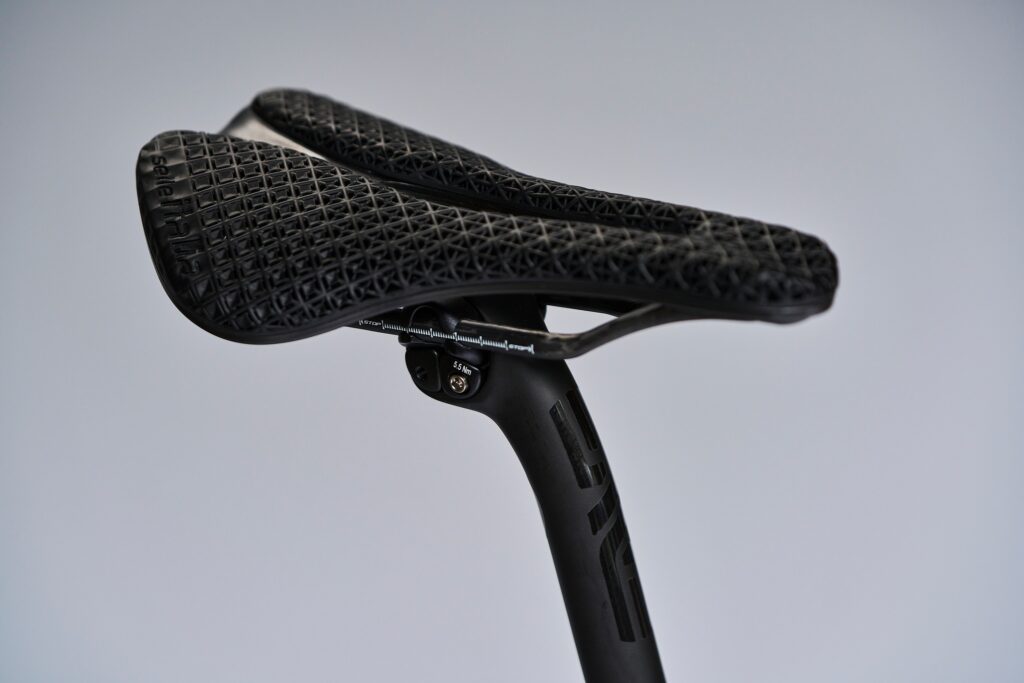
FAQ
How can I make my road bike more aerodynamic?
To make your road bike more aerodynamic, consider upgrading to aero bars, wheels, and frame; streamline your position on the bike by lowering the handlebars and optimizing your saddle position; minimize exposed cables; and wear tight-fitting clothing. Additionally, use aero helmets and ensure that accessories like water bottles and saddle bags are aerodynamically designed.
What angle should road bike saddle be?
A road bike saddle should generally be set at a neutral angle, where the saddle is parallel to the ground. However, slight adjustments (no more than a few degrees up or down) can be made based on personal comfort and riding style to alleviate pressure points or improve stability and pedaling efficiency.
What is the difference between a flat and curved road bike saddle?
A flat road bike saddle typically offers a more stable and consistent seating position, ideal for riders with limited hip movement or those who prefer to stay in one position while riding. Curved road bike saddles, on the other hand, can accommodate a wider range of movement, allowing riders to shift their position more easily, which is beneficial for dynamic riding styles and climbing. Curved saddles may also provide better support for the sit bones for some riders.
Should the saddle be forward or back?
The saddle position (forward or back) depends on your optimal riding position and biomechanics. It should allow for efficient pedaling, with your knee slightly over the pedal spindle at the 3 o’clock position when viewed from the side. Adjustments should be made to achieve a balance between comfort, power, and aerodynamics without straining your knees, hips, or back.

